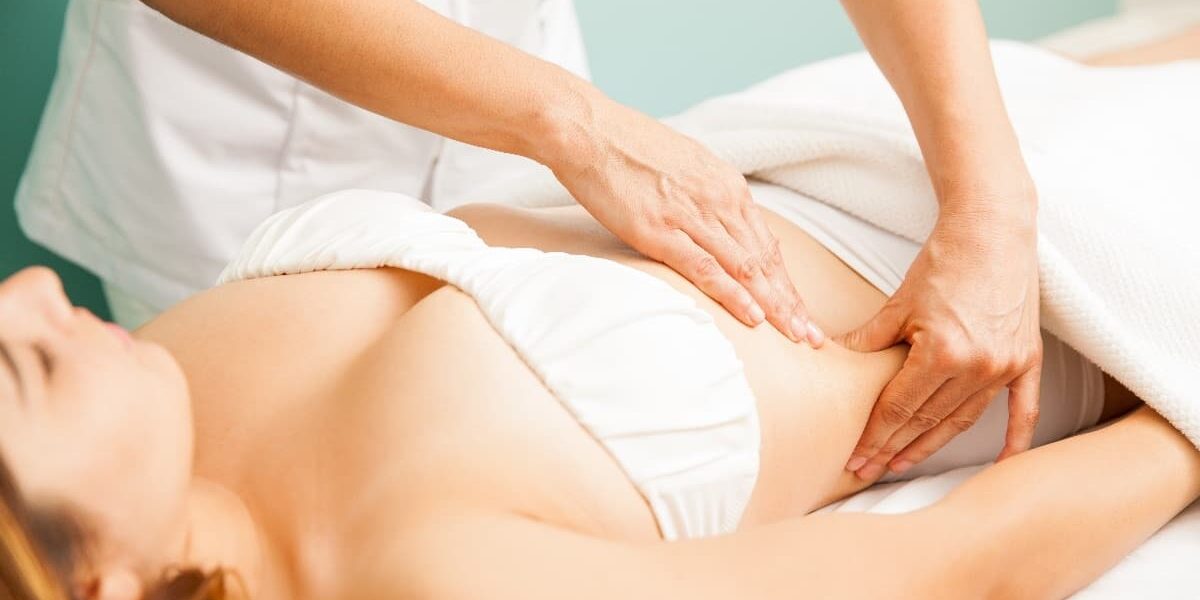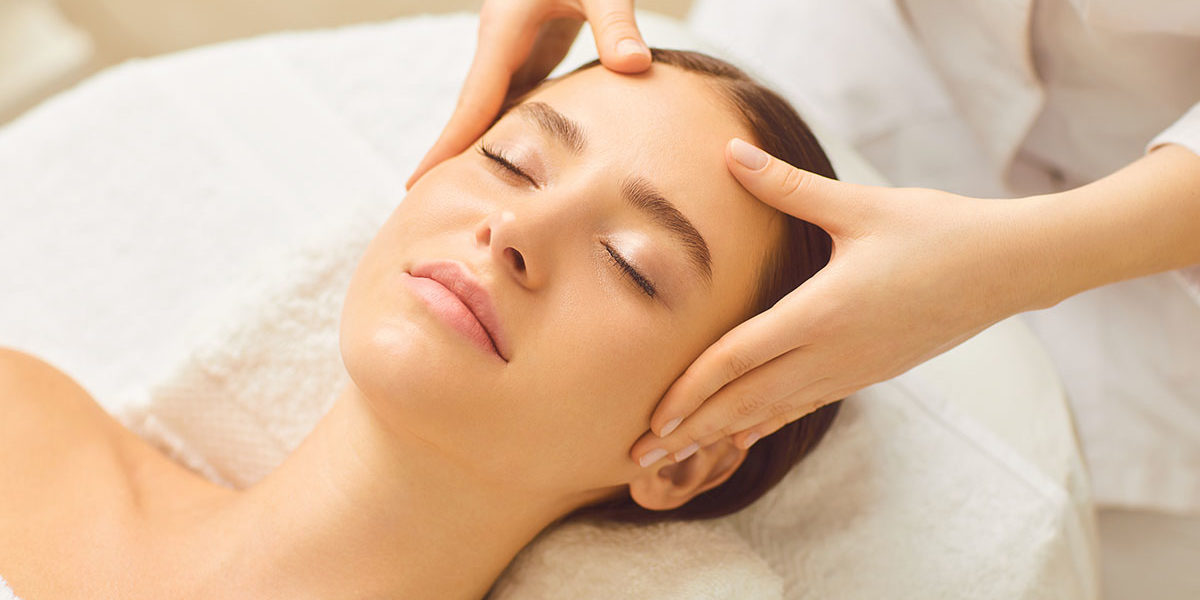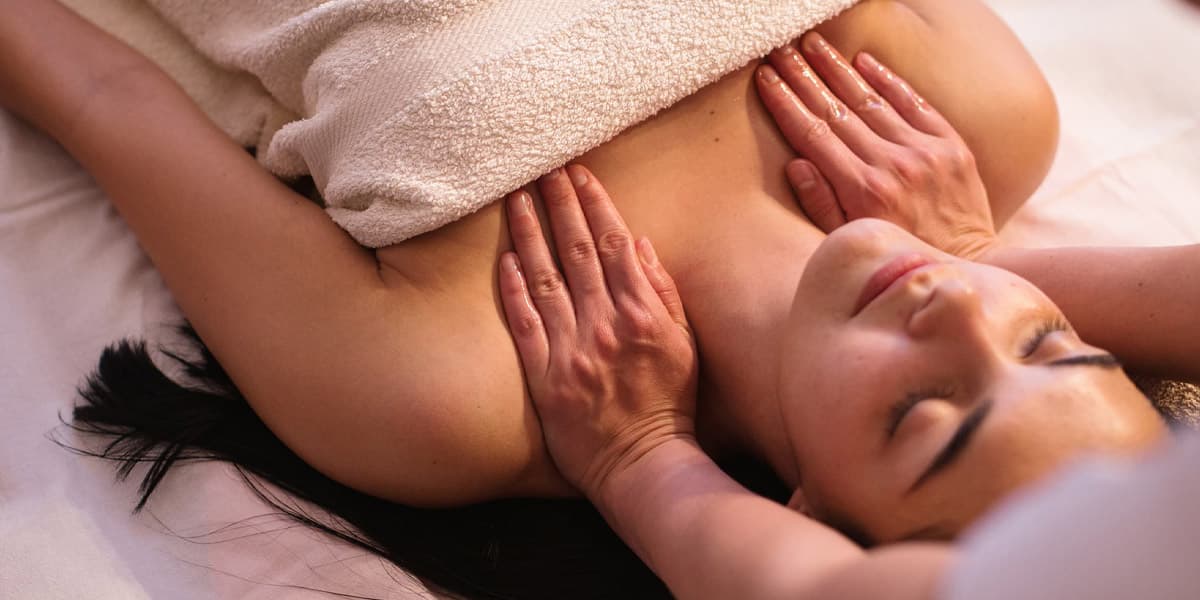In today’s fast-paced world, people are constantly seeking ways to unwind and find inner peace. One practice that has gained popularity in recent years is holistic. Unlike traditional massage techniques that focus solely on relieving physical tension, holistic massage takes a more comprehensive approach, considering the person as a whole – mind, body, and spirit. In this article, we will explore the benefits and principles of holistic and how it can promote overall well-being.
What is Holistic Massage?
Holistic massage is a therapeutic approach that goes beyond just relaxing the muscles and relieving physical stress. It aims to address the interconnectedness of the body and mind, using touch to promote harmony and balance within the individual. By treating the person as a whole, this form of massage seeks to address not only physical ailments but also emotional and spiritual imbalances.
The Principles of Holistic Massage
Mind-Body Connection
Holistic massage recognizes the profound connection between the mind and body. It believes that emotional and psychological factors can manifest as physical tension or pain. Through massage, these issues can be addressed, helping individuals achieve a greater sense of well-being.
Energy Flow

In holistic massage, it is believed that energy flows throughout the body, and any blockages can lead to discomfort or illness. By applying specific massage techniques, practitioners can release these blockages and restore the body’s natural energy flow.
Understanding Energy Flow
The concept of energy flow is deeply rooted in ancient Eastern healing practices, particularly in traditional Chinese medicine and Ayurveda. It centers around the belief that vital life force energy, often referred to as “Qi” in Chinese medicine or “Prana” in Ayurveda, circulates throughout our body, nourishing and supporting our physical, mental, and emotional health.
According to these systems, disruptions or blockages in the flow of energy can lead to various imbalances and health issues. By understanding and working with the body’s energy flow, massage therapists can enhance the effectiveness of their treatments and foster a deeper sense of harmony within the individual.
Meridians and Energy Pathways
In traditional Chinese medicine, it is believed that energy flows through specific channels in the body known as meridians. These meridians form a complex network that connects various organs and systems, creating a bridge between the physical and energetic aspects of our being.
Each meridian is associated with a particular organ and is believed to have its own unique qualities and functions. During a massage session, skilled therapists can target these meridians through acupressure or other techniques to stimulate the flow of energy and restore balance.
Chakras and Energy Centers
In Ayurveda and certain other holistic healing practices, energy flow is closely linked to the concept of chakras. Chakras are energy centers located along the spine, and each chakra is associated with different aspects of our physical, emotional, and spiritual well-being.
When the chakras are balanced and the energy flows freely through them, we experience a sense of vitality, emotional stability, and mental clarity. However, if the chakras are blocked or imbalanced, it can lead to physical ailments or emotional disturbances. Massage therapy can help realign and balance the chakras, promoting a more harmonious state of being.
The Role of the Massage Therapist
Massage therapists play a crucial role in facilitating energy flow during a massage session. Through their skilled touch and intuitive understanding of the body’s energy pathways, they can identify areas of tension or stagnation and work to release the blockages.
Various massage techniques, such as Swedish massage, deep tissue massage, and Thai massage, can be employed to address different aspects of energy flow. Additionally, therapists may incorporate elements of energy work, such as Reiki or Shiatsu, to enhance the healing effects of the massage.
Benefits of Restoring Energy Flow
Restoring energy flow through massage can yield numerous benefits for both the body and mind. Some of the key advantages include:
Reduced Tension and Pain
By releasing energy blockages, massage can alleviate physical tension and chronic pain, promoting a greater sense of ease and comfort in the body.
Enhanced Relaxation and Stress Relief
Balancing the body’s energy flow induces a deep state of relaxation, reducing stress and anxiety and fostering emotional well-being.
Improved Circulation and Vitality
Stimulating energy flow can enhance blood circulation and boost the body’s natural healing abilities, promoting overall vitality.
Heightened Awareness and Mindfulness
A balanced energy flow can lead to improved focus, mental clarity, and heightened awareness of one’s thoughts and emotions.
Individuality
Every person is unique, and holistic massage recognizes this individuality. Therapists tailor each session to the specific needs and preferences of the client, ensuring a personalized and effective treatment.
The Benefits of Holistic Massage
Stress Reduction
Holistic massage provides a deeply relaxing experience, reducing stress and promoting a sense of calmness. It can help alleviate symptoms of anxiety and depression, promoting a more positive outlook on life.

Pain Relief
By targeting both the physical and emotional aspects of pain, holistic massage can provide effective relief from chronic pain conditions such as backaches, headaches, and muscle tension.
Improved Sleep
Many individuals suffer from sleep disturbances due to stress and anxiety. Holistic massage can help improve sleep patterns by inducing relaxation and tranquility.
Enhanced Flexibility and Range of Motion
Through gentle stretching and mobilization techniques, holistic massage can increase flexibility and improve the range of motion in joints and muscles.
What to Expect During a Holistic Massage Session
A typical holistic massage session begins with a consultation to understand the client’s specific needs and concerns. The massage is performed using a variety of techniques, including long strokes, kneading, and gentle stretches. The therapist may also use essential oils or aromatherapy to enhance the experience. Throughout the session, the client is encouraged to focus on their breath and let go of any tension or stress.
FAQs
Is holistic massage suitable for everyone?
Holistic is generally safe for most individuals. However, individuals with certain medical conditions should consult their healthcare provider before undergoing any massage therapy.
How often should I get a holistic massage?
The frequency of sessions depends on individual needs. Some people may benefit from weekly sessions, while others may find monthly sessions sufficient.
Can holistic cure illnesses?
Holistic massage is not a cure for illnesses but can complement traditional medical treatments. It promotes overall well-being and can help manage symptoms.
Are there any side effects of holistic?
Most people experience no side effects from holistic. In some cases, individuals may feel mild soreness or fatigue, which usually subsides within a day.
How long does a holistic massage session last?
A typical holistic session lasts between 60 to 90 minutes, but shorter or longer sessions can be arranged based on individual preferences.
Conclusion
Holistic massage offers a unique and comprehensive approach to achieving balance and wellness. By addressing the mind, body, and spirit, it can provide numerous benefits, including stress reduction, pain relief, improved sleep, and enhanced flexibility. Whether you seek relief from physical tension or simply want to rejuvenate your mind and spirit, holistic can be a valuable tool on your journey to well-being.



